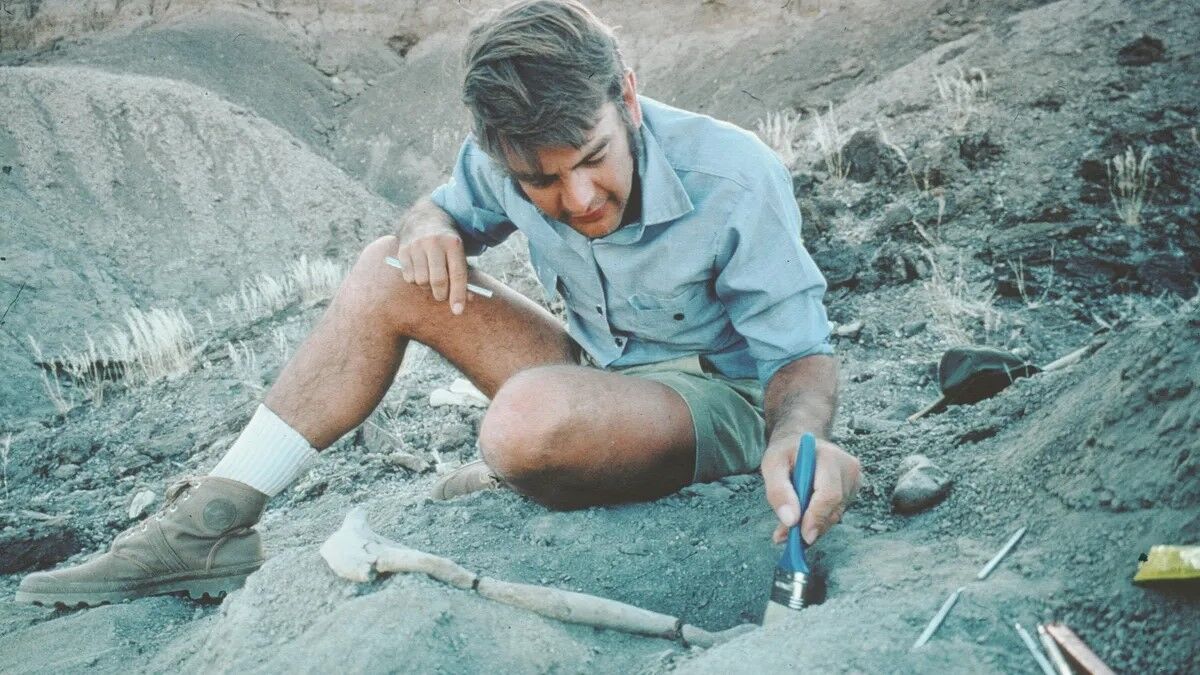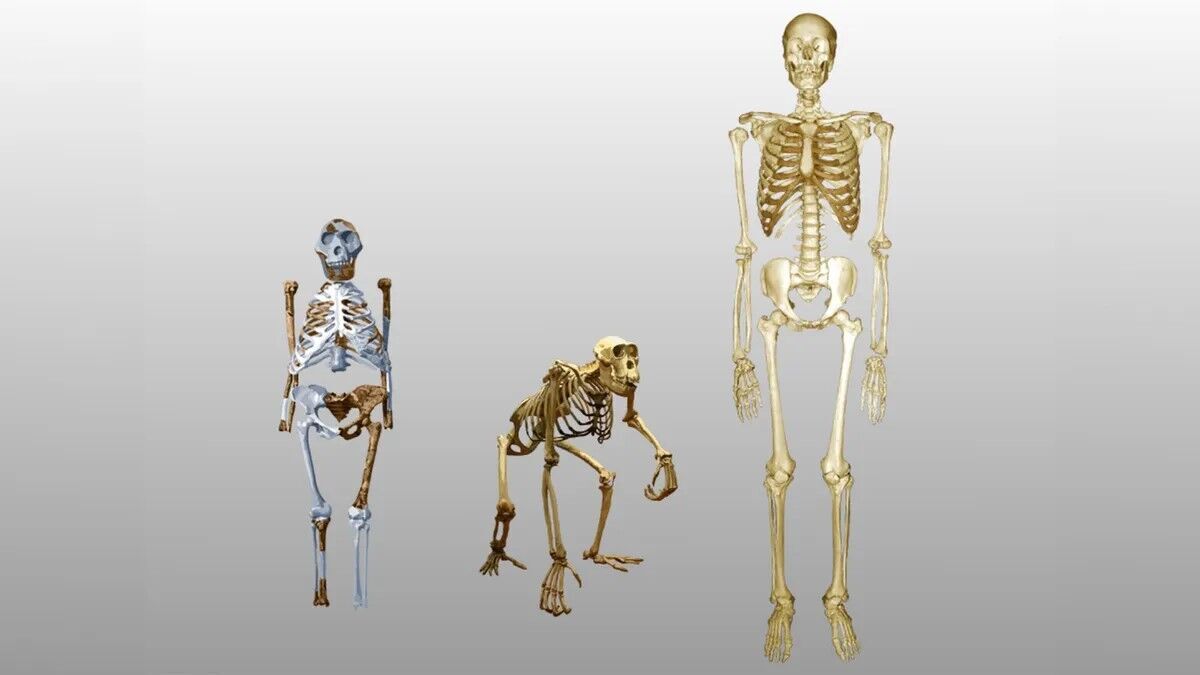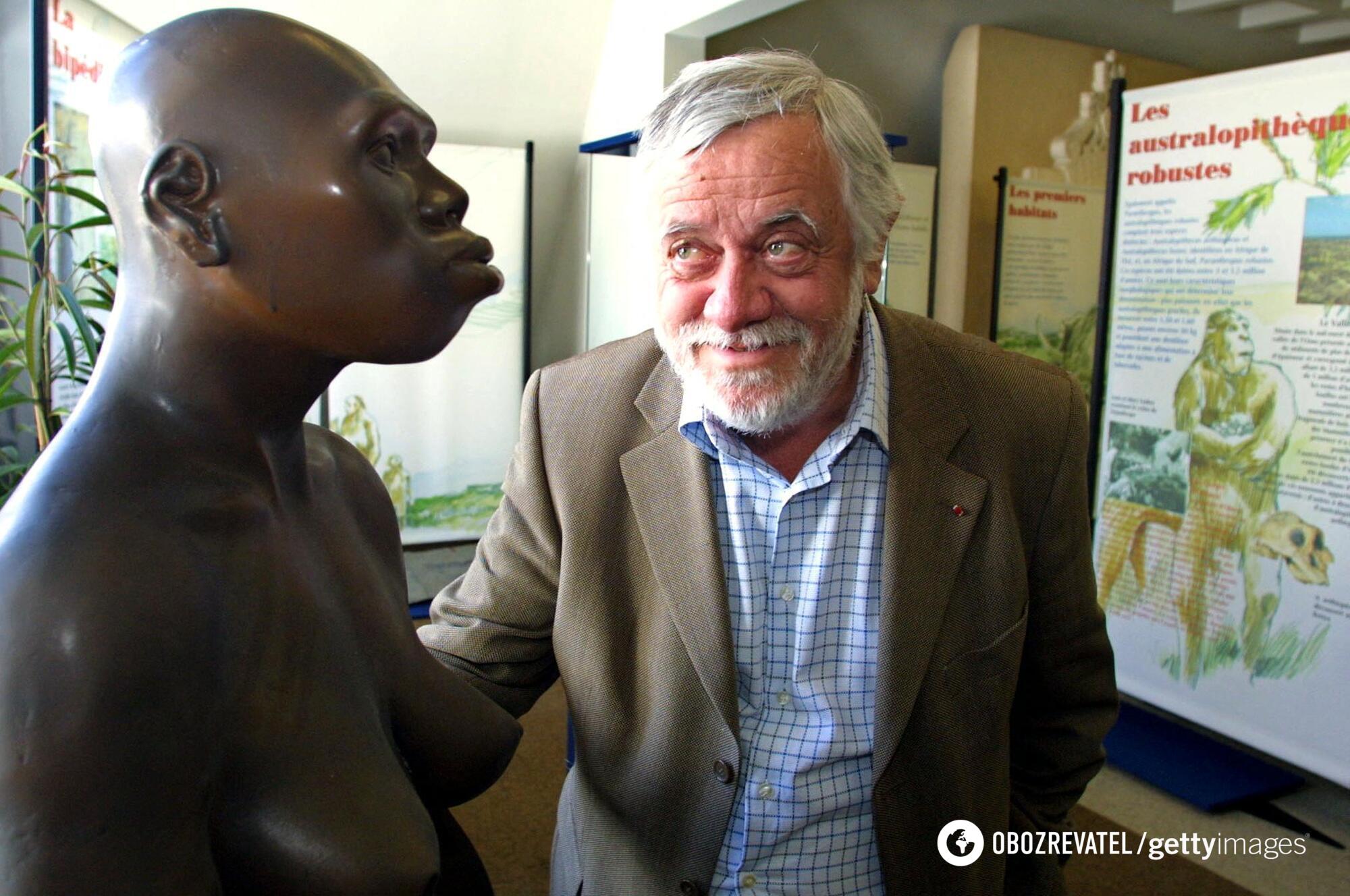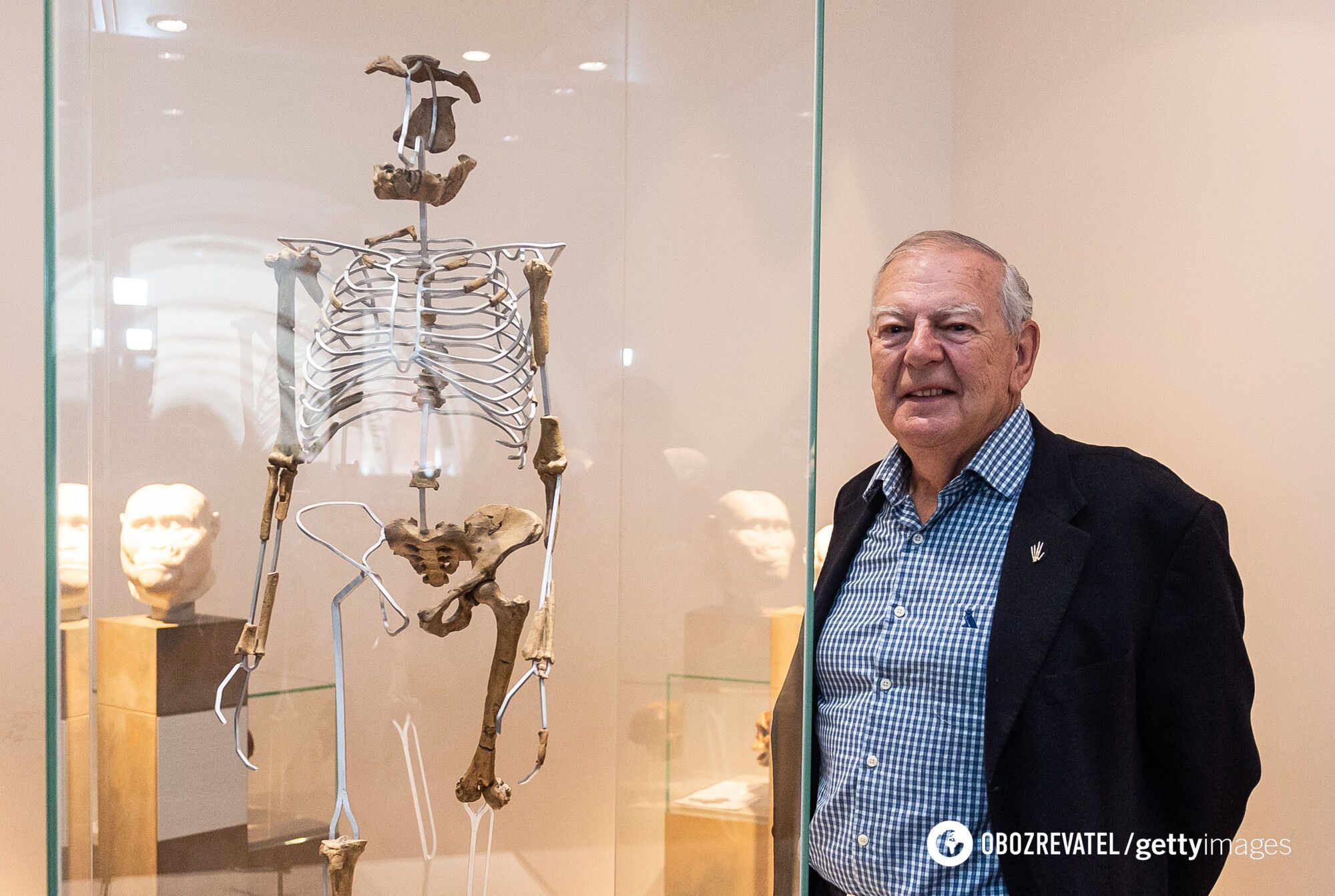News
Lucy felt fear: researchers tell about the last hours of the most famous human ancestor's life
50 years ago, a fossil skeleton of Australopithecus africanus, which became known worldwide as Lucy, was found in Ethiopia. To mark the anniversary of the discovery, scientists decided to tell more about how this iconic species lived and died.
In particular, they shared their thoughts on the last hours of the most famous human ancestor's life. According to the researchers, Lucy was afraid of death, LiveScience writes.
Lucy's story
Lucy the Australopithecus lived about 3.2 million years ago. Her skeleton was unearthed by paleoanthropologist Donald Johanson and his team on the International Afar Research Expedition in 1974 in Gadar, Ethiopia.
After two weeks of careful excavation, the team of researchers found dozens of fossilized bones. Together, these bones accounted for 40% of the skeleton of a human ancestor, making it the most complete skeleton of an archaic human species ever found, experts say. The discovery changed the study of ancient human relatives.
One of the members of the expedition, Pamela Alderman, suggested naming the skeleton "Lucy" after the Beatles' song "Lucy in the Sky with Diamonds."
"And it just became a cult name. The name Lucy became known to everyone," Johanson emphasized.
Researching a human ancestor
3D muscle modeling has shown that Australopithecus africanus had powerful leg muscles to stand up straight and climb trees. That is, Lucy could probably straighten her knees, extend her hips, and stand up straight like modern humans.
Lucy is often depicted as hairy, with hair on her head. But evidence suggests that she was not. Studies show that the human ancestor was hairless.
According to the scientists, the loss of body hair in early humans was likely influenced by a combination of factors – thermoregulation, delayed physiological development, attracting sexual partners, and protection from parasites.
The last days of life
"I suspect that the last day of her life was full of danger," said Donald Johanson.
What researchers miss is that Lucy may have been looking warily over her shoulder, at saber-toothed cats or hyenas, and not even realizing that this was her last day on Earth.
Her last day may have been filled with socializing, but it also involved a relentless search for food. Probably, the constant fear of predators dominated, the scientists suggested.
Only verified information is available on the OBOZ.UA Telegram channel and Viber. Do not fall for fakes!































